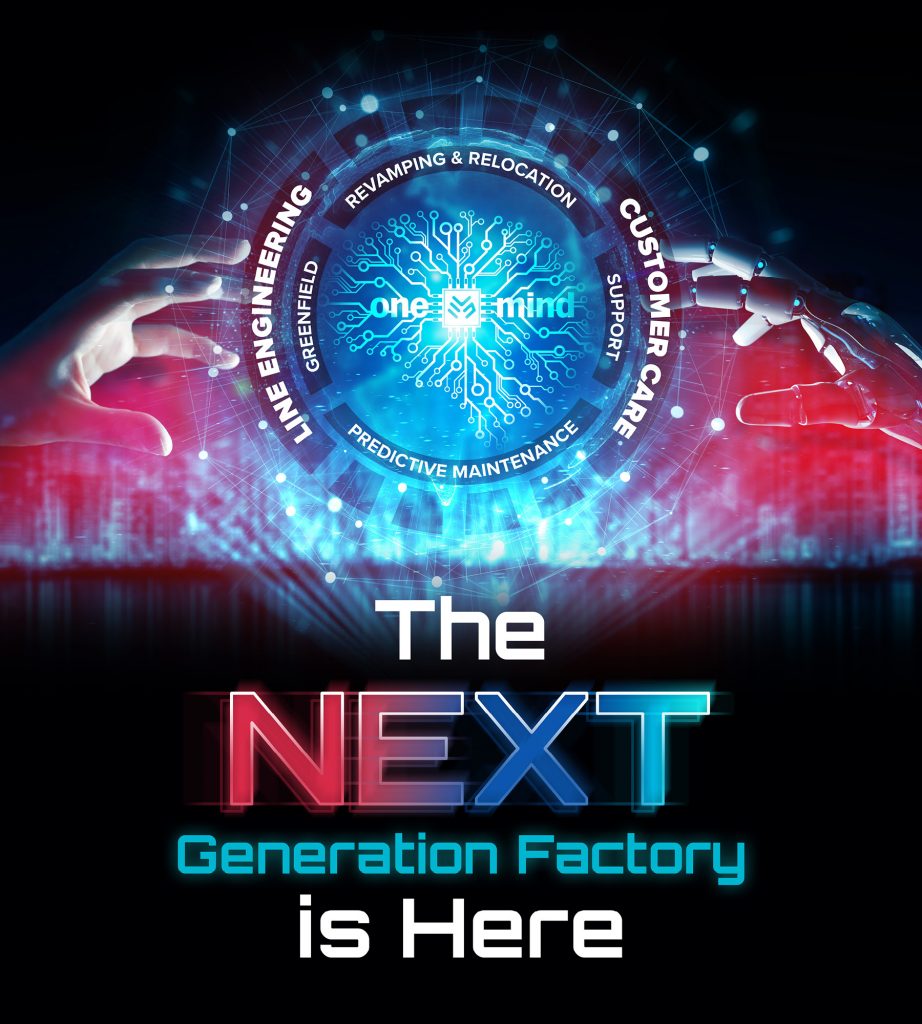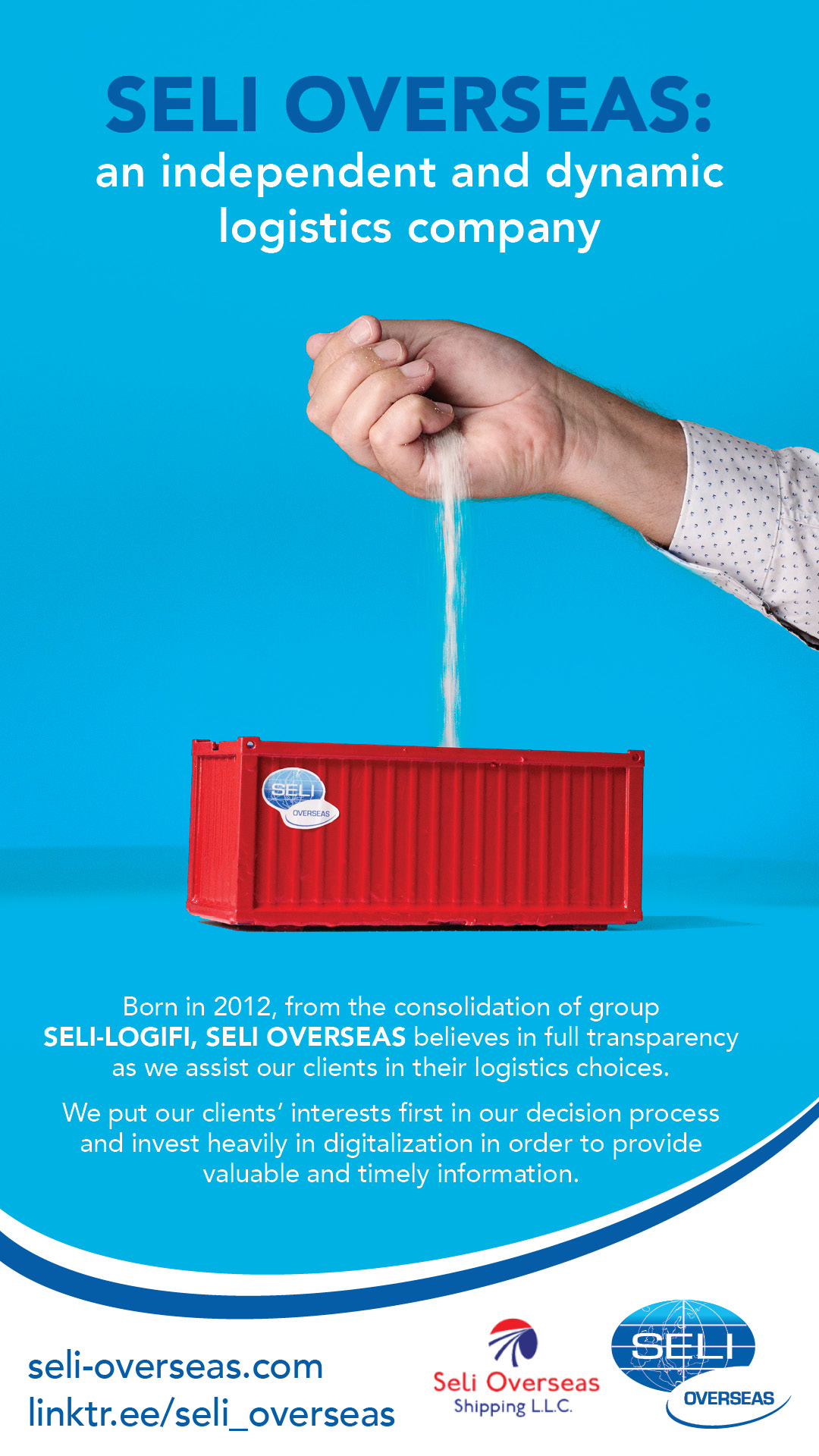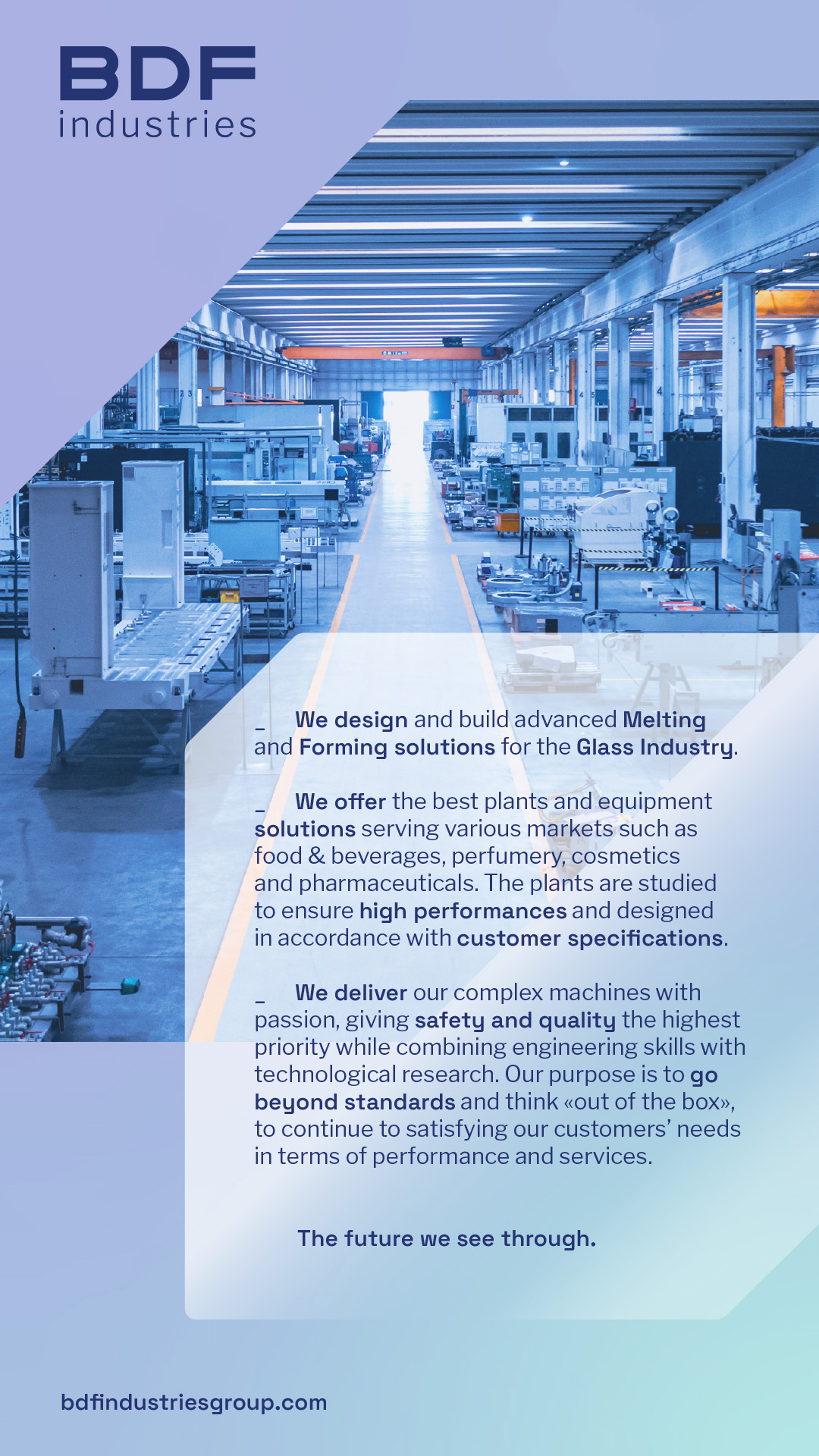The name Saverglass might not be one you’re familiar with, but if you’ve ever popped the cork on a bottle of Champagne, enjoyed a gin cocktail or sipped a cognac, bourbon or a tequila, chances are you’ve come into contact with one of its products.
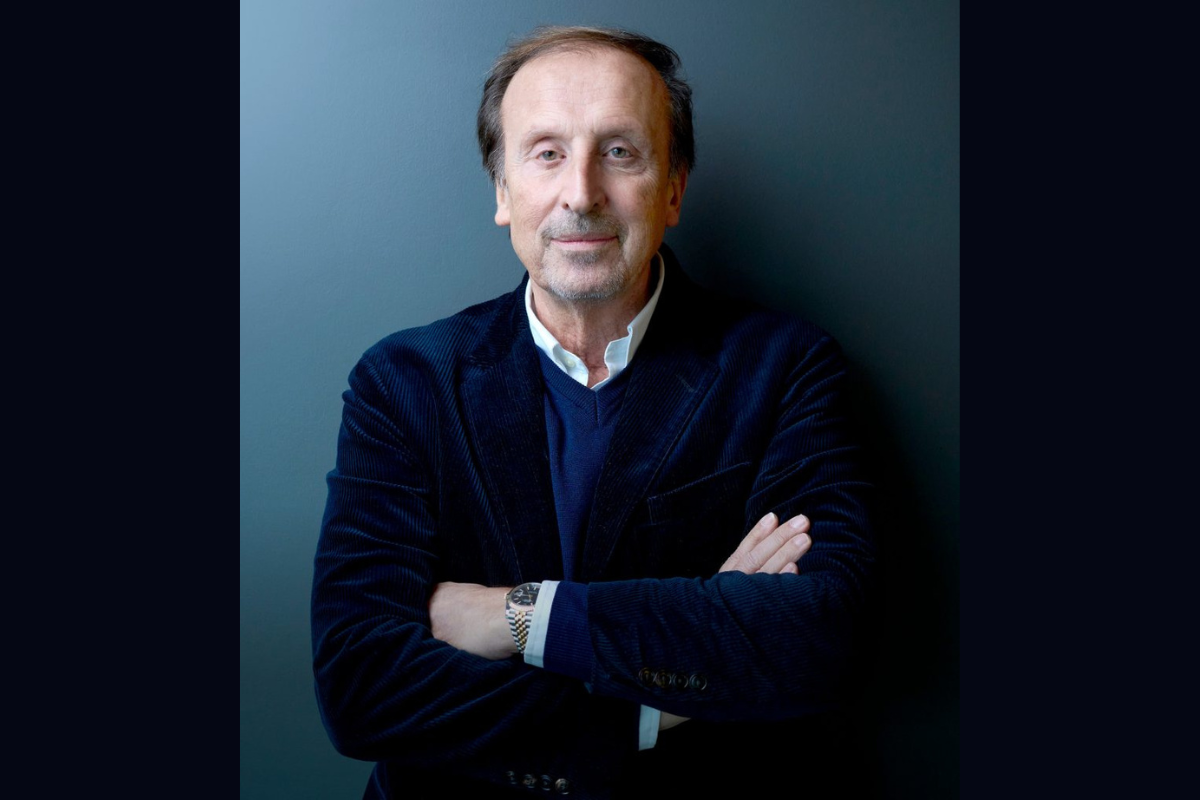
As one of the world’s leading manufacturers and decorators of glass bottles for the wine and spirits industry, the French-headquartered business supplies a myriad of premium spirit and wine brands all over the globe.
For industry veteran and Saverglass President Jean-Marc Arrambourg, the company’s luxury positioning is what captured his attention when he was approached to join as Deputy Managing Director in 2017.
“In this B2B business, many of the biggest names are focused on the mass market and that’s not the case for Saverglass,” he tells The CEO Magazine.
Before taking the decision of joining the company, he saw a business that was in full flight.

Our strategy is clear. We want to continue leading the way in the supply of bespoke and premium products.
“It had an impressive growth, starting out as a very small unit and then gaining in the marketplace, offering new products, new shapes, new technologies and generally finding solutions that mass-market glass makers would not take the time to develop,” he says.
“From the very beginning, Saverglass chose a strategy to produce high-end products, the haute couture, if you like, of the market,” he continues. “Basically, we have a strong personality in the market and our strategy is clear. We want to continue leading the way in the supply of bespoke and premium products.
“We move away from mass market products by offering our clients the opportunity to develop their own specific models thanks to our know-how and specialized techniques. Alternatively, we have a very wide choice of premium bottles in our exclusive catalog which have been designed by us and from which clients can also choose.”
First impressions count
The history of Saverglass dates to 1896 when the Verrerie de Feuquières, as it was known originally, was established in the vallée de la Bresle, a green corner of northern France that is also known as Glass Vallée (Glass Valley).
Glass has been produced in this region since the 15th century, and today an incredible 75 percent of the world’s glass bottles for luxury packaging comes from this verdant terrain.
One of the most significant milestones in the company’s proud history came in 1991 with the creation of its decoration division, enabling acid-etching finishing, screen printing, coatings and other decorative touches to be woven into the production process.
“These are exclusive designs that demonstrate a complexity in manufacturing,” Arrambourg says.
It’s an investment that continues to pay dividends for the business. Today, one-in-four bottles are also decorated. Along with centuries-old Champagne houses, world-renowned vineyards and craft distilleries bringing boutique gin, whiskeys, mezcals, tequilas, vodkas and other spirits to the market also turn to Saverglass for a presentation that elevates their product in a crowded sector.
“Our clients understand that first impressions count when it comes to consumers making a choice and that is why they choose us for our excellence in producing premium glass bottles,” he says.
In total, the business counts thousands of clients across more than 100 countries.
Organic growth
This business strategy also meant that Saverglass has been positioned to benefit from the premiumization of the drinks industry before it was even a trend.
“There’s been a growth in the wine and spirits market in general to drink less but better quality, per capita,” Arrambourg says. And as its clients enjoy a business boom, so does Saverglass.
“A lot of our clients have doubled their volumes in high-end products in 10 years. That’s an organic growth that we are able to take advantage of.”
To match the growth in sales, Saverglass has made numerous investments. Staffing has increased by 40 percent and additional capacity has been added at its facilities in France. Most significantly, however, is the geographic footprint the company has established in the past decade.
“We needed to add capacity, so we did,” he explains.
As well as acquiring a factory in Belgium, manufacturing capabilities were established close to Dubai to serve clients in Asia, South Africa, Australia and New Zealand. That facility is celebrating its 10th anniversary this year.
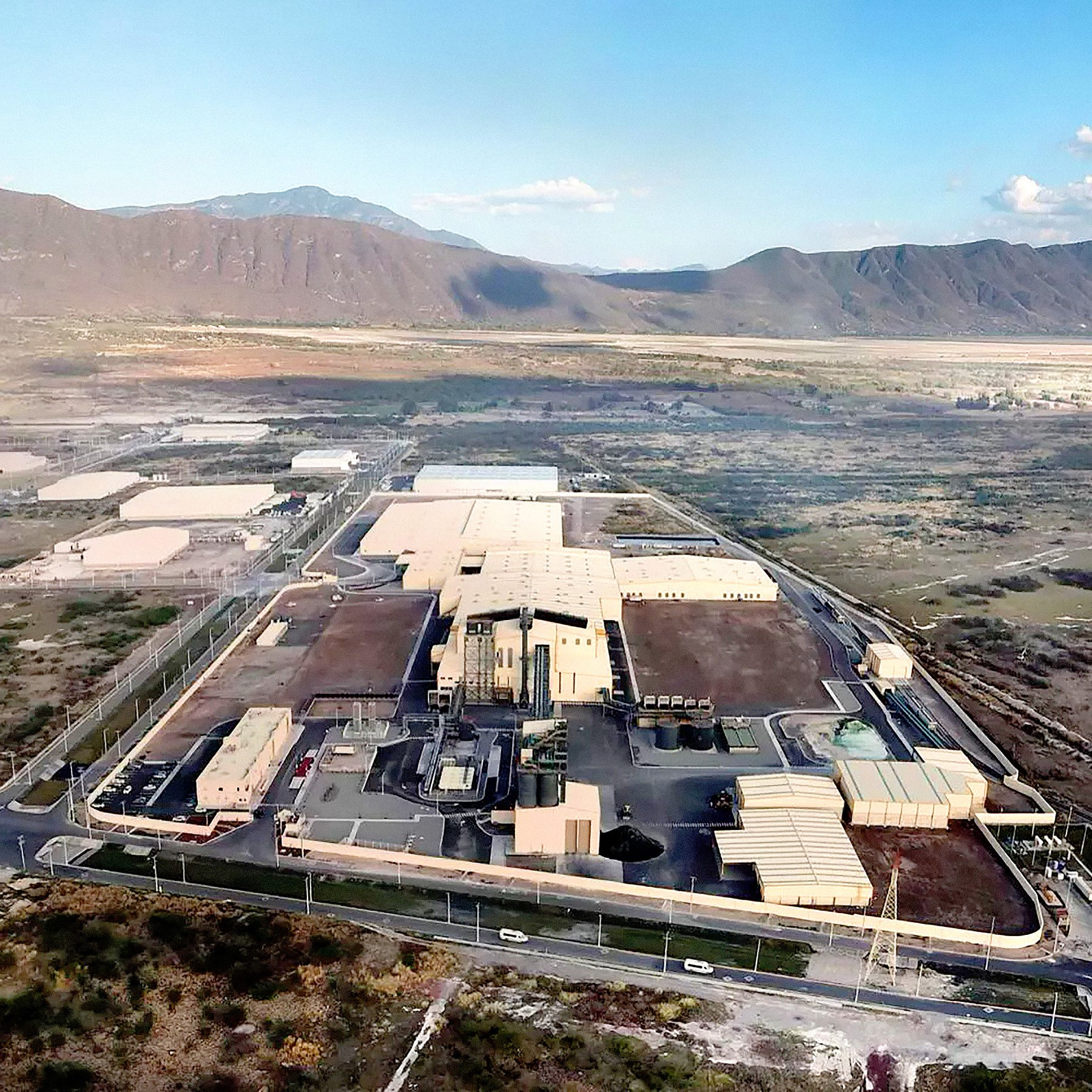
To take advantage of the incredible growth and dynamism that we can see in tequila, mezcal and bourbon recently, we’ve expanded into Mexico to serve the North American market.
But to climb to the next sales scale, Arrambourg and his colleagues recognized that the company needed to establish a physical presence in the Americas.
“To take advantage of the incredible growth and dynamism that we can see in tequila, mezcal and bourbon recently, we’ve expanded into Mexico to serve the North American market,” Arrambourg explains, calling it a very relevant market for the business.
At a site just outside the city of Guadalajara, Saverglass’s first Mexican furnace was inaugurated in 2018 at a cost of US$150 million. In January, a second furnace followed in Acatlán, about 145 kilometers outside of Mexico City. The second investment has doubled its production capacity in the country to more than 200 million bottles.
At the same time, the capacity of the decoration plant in Mexico has also increased by 50 percent.
Saverglass in Numbers
SIX:
Glass factories
FOUR:
Decoration factories
US$794 million:
Sales in 2022
3,700:
People
100-plus:
Export markets
530,000:
Metric tons produced annually
72% spirits, 27% wine, 1% others:
Distribution of activity
A shift in perspective
Arrambourg explains that this expansion has also triggered an internal shift. “From starting out as a very French company, we have become much more international,” he says, noting a quarter of its nearly 4,000 employees are based in the Americas.
This mix of cultures, experience and know-how is revitalizing the business.
“I’m really happy with the dynamism of the business,” he says. “It’s a pleasure to have insights coming from our new colleagues around the world. They are bringing something fresh to the party internally, and this is adding a lot of value.”
And at a time when attracting and retaining talent is a topic at the front of every executive’s mind, this global footprint has other advantages.
“We have a lot of mobility within our human resource policies to allow us to offer our people other positions in other plants. It’s career growth for them and for us, it’s a way to keep our staff.”
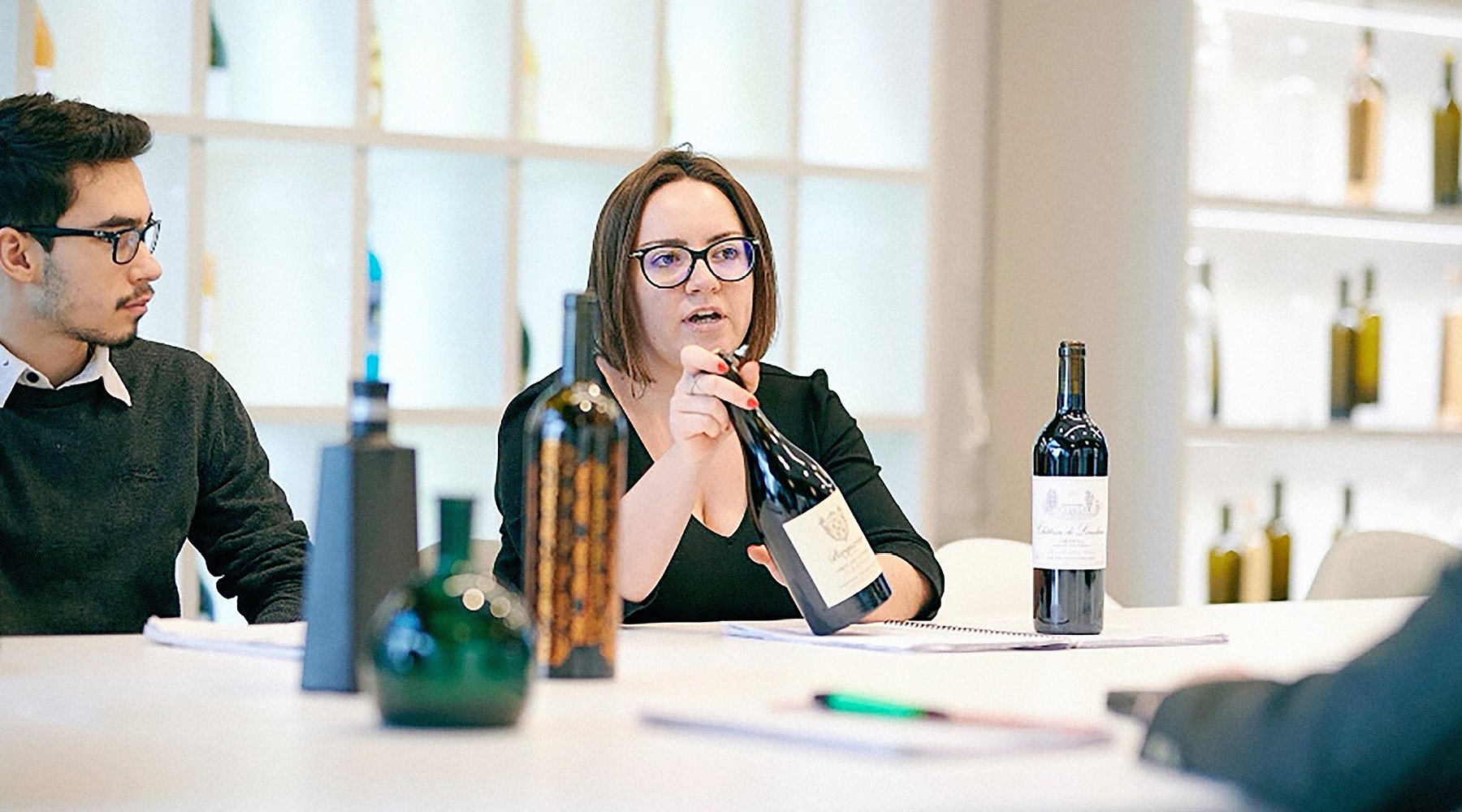
It’s a pleasure to have insights coming from our new colleagues around the world. They are bringing something fresh to the party.
In fact, upskilling is one of Arrambourg’s key leadership philosophies and is particularly relevant for a business built on a traditional craft like glassmaking. More than four percent of payroll spend is plowed into internal training.
The company has also established dedicated glass and decoration academies to pass down technical skills and knowledge from older generations to new recruits – even if that involves flying new team members from global locations to France for in-person training sessions to ensure that these traditional skills continue to thrive.
“As our people learn skills, they are better placed to take on new positions and grow themselves within the business,” he says.
He also reasons that they’re more likely to stay with Saverglass rather than look for opportunities in a new company or industry.
Profit with purpose
While one eye is always on profitable growth, Arrambourg is aware that it can’t come at the expense of the environment.
“There’s no ready-made solution when it comes to reducing our carbon footprint,” he acknowledges. “But we are working internally and also participating with those both inside and outside our industry who are willing to share.”
Glass manufacturing, by nature, is an energy intensive industry, with furnaces traditionally powered by fossil fuels such as natural gas. Currently, there is no real alternative available for melting glass. The scale at which Saverglass and its competitors operate is too large for the fully-electric furnaces currently in the market.
Despite these limitations, Arrambourg says the company is increasingly turning to a hybrid energy model as it follows a road map toward a 50 percent reduction in current CO2 emissions by 2035, and carbon neutrality by 2050.
“We are using electricity in larger proportions in our furnace,” he explains. “As it stands, it represents about 12 percent of our energy mix. This year, that will increase to 30 percent in one of our French furnaces and then others as they go in for repairs.”
Saverglass’ use of cullets, or recycled glass, in colored glass production in Europe is well advanced and in line with the continent’s recycling target of 90 percent by 2030.
At the Feuquières factory, a rainwater collection system now provides 60 percent of the site’s water needs. Among Saverglass’ eco-friendly packaging innovations is the Champenoise Eco Design bottle, which weighs in at 835 grams – significantly lighter than the 1.25-kilogram bottles in fashion at the start of the 20th century.
Sparkling wine bottles are traditionally heavier than still wine bottles as they need to withstand the pressure inside them.
Starting a revolution
The sustainable scope of the business is something Arrambourg is enthusiastic about.
“There’s a lot going on, and I would be happy to be younger and be able to stay for 20 more years to see where this takes us,” he says.
Arrambourg is well aware that the sustainable “revolution”, as he describes it, won’t be started by Saverglass alone.
“Our engineers are doing some amazing work internally and every three months we have a full review of where we are,” he says. “But this isn’t a case where one single company can find one single solution, it’s about finding a solution that will be available to everyone.”
Rather than keep breakthroughs to themselves, Arrambourg and his team have an external outlook and an openness to collaboration with others in the industry.
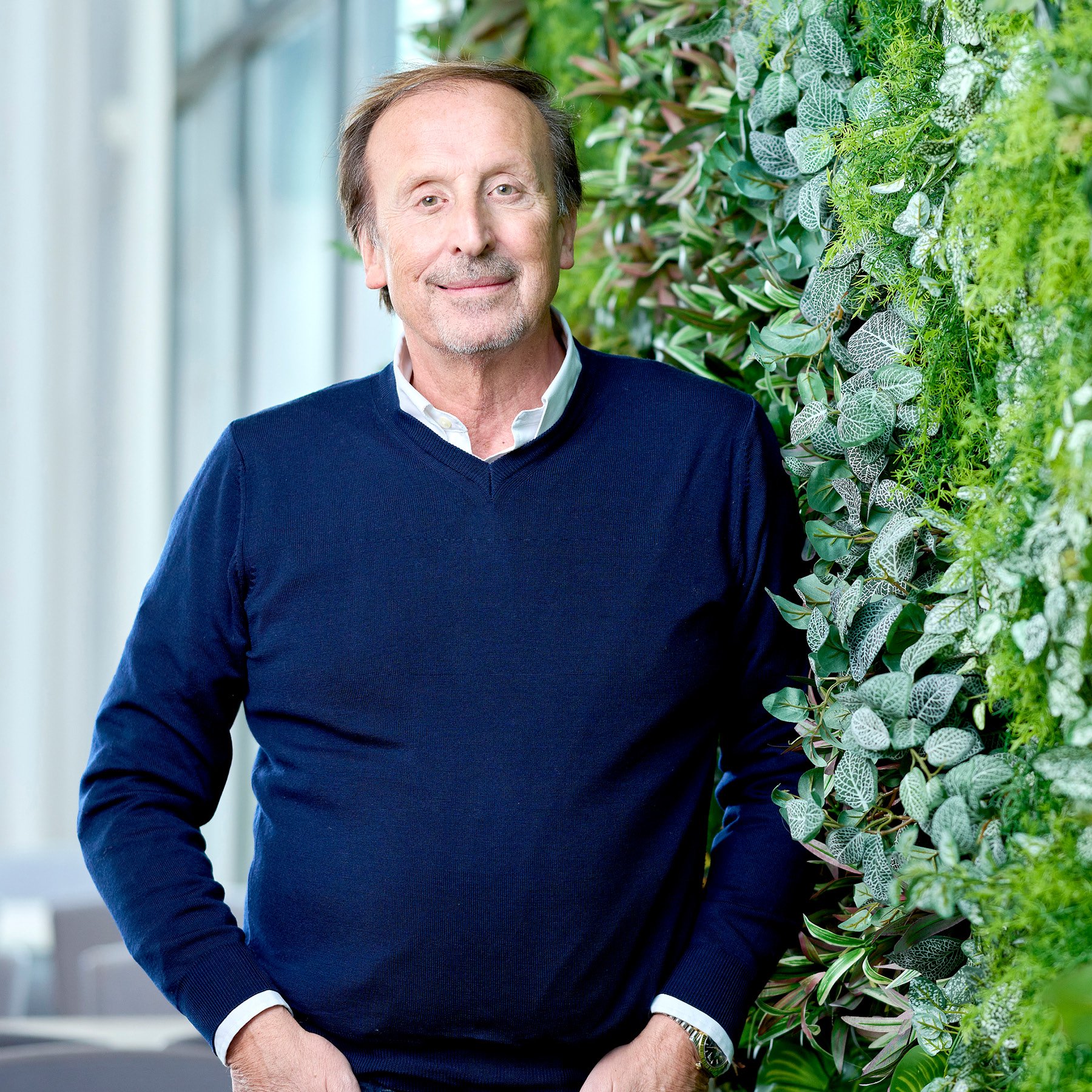
When you have newcomers, you have new technologies and they bring new possibilities – some we might not yet have the capacity to understand.
“We are working internally and also participating with those both inside and outside our industry who are willing to share,” he says.
He is excited by the potential of the innovative startups with new technologies arriving into the market, and how that could unlock other sources to fire its furnaces, such as hydrogen and biogas.
“When you have newcomers, you have new technologies and they bring new possibilities – some we might not yet have the capacity to understand,” he states.
Then there are the internal breakthroughs he hopes may come from Saverglass’ team of engineers who work in unison with universities and other parties on how to decarbonize its raw material.
He knows there’s still a lot of work to be done and that he doesn’t always have the solutions that clients sometimes come to him for.
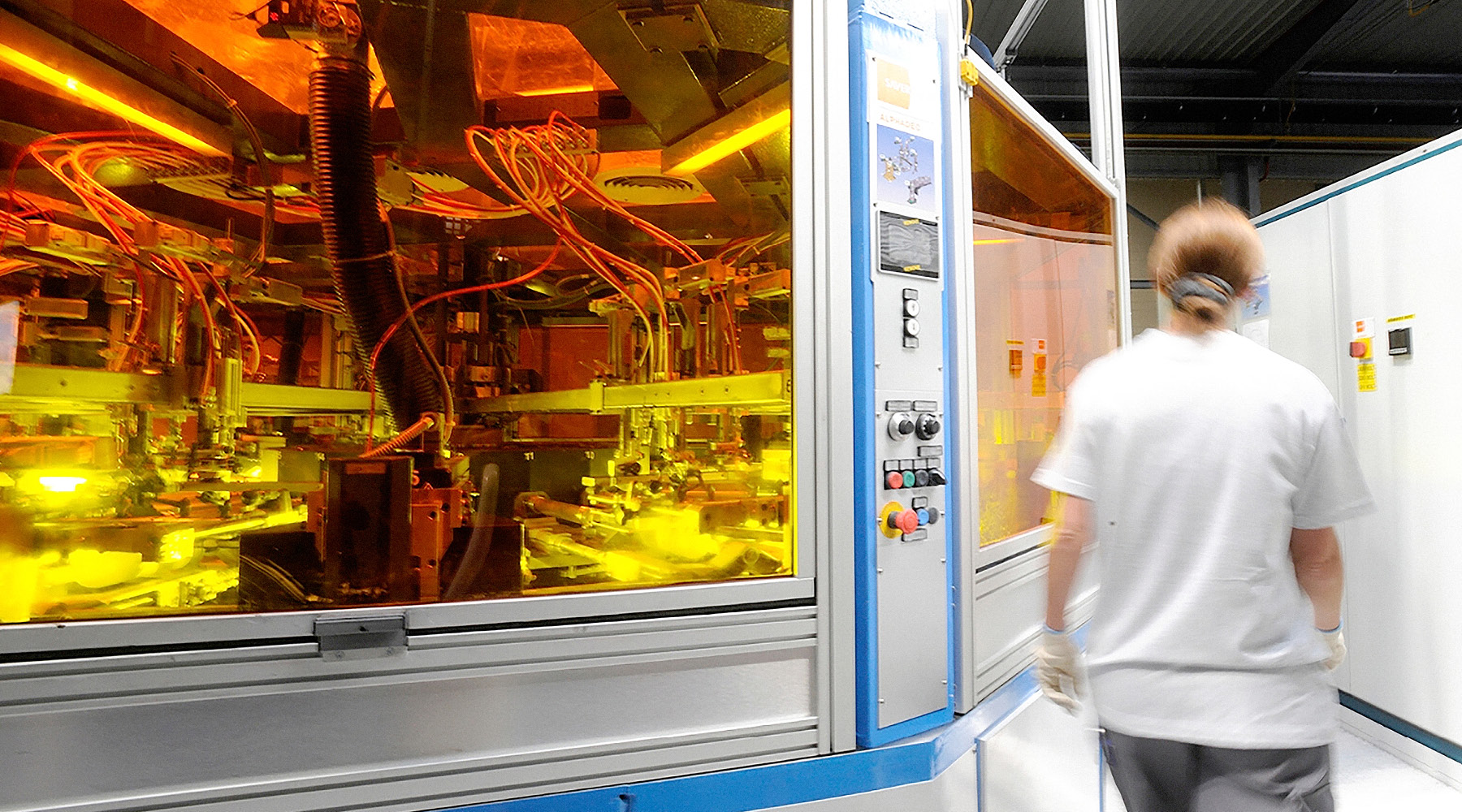
The most important focus for a company like us at this stage is to continue with relationships that are fruitful.
“As a supplier, we need to be more communicative with our customers to explain what is feasible and what is today difficult to foresee, but also our commitment to green innovations,” he says, noting the benefits are multiple.
“Our customers will understand us, will support us and, maybe, challenge us sometimes. Perhaps we can work together on occasions and find ideas, because we can’t think of everything.”
This also underlines one of Arrambourg’s core philosophies in the business. “The most important focus for a company like us at this stage is to continue with relationships that are fruitful,” he adds.
Know your Limits
While Arrambourg and his team are busy innovating next-generation environmental solutions, he also grapples with the geographic spread of its clients – who demand only the best for their products – and the impact on the carbon footprint that this creates.
“We have customers all around the world, some close to us and some further away. They don’t all buy millions of bottles. They source limited volumes because they haven’t found a supplier that gives them the quality they need close to them,” he says.
Once an initial shipment of bottles has been delivered and filled, they are shipped around the world. Arrambourg would like to be able to create an efficient recycling system but there are some roadblocks, particularly in countries that have yet to implement a collection system for wasted glass.
Arrambourg says the business has also previously shipped goods in Europe using freight trains but constant striking by workers from France’s national rail company meant the experiment was a “total failure”.
“The world is evolving, but in some cases, right now, there are limits to what we can do,” he reflects.
A passion for glass
There’s no doubt that Arrambourg’s decision to join Saverglass was one of the best he’s made in his career.
“It’s not easy to produce a piece of glass, even the standard ones,” he says. “You need to be really passionate and you need to have teams and skills that are high-performing. It’s also crucial to have people who are properly trained so that generation after generation, you keep up with the same level of engagement and capabilities.”
It is this that continues to motivate him.
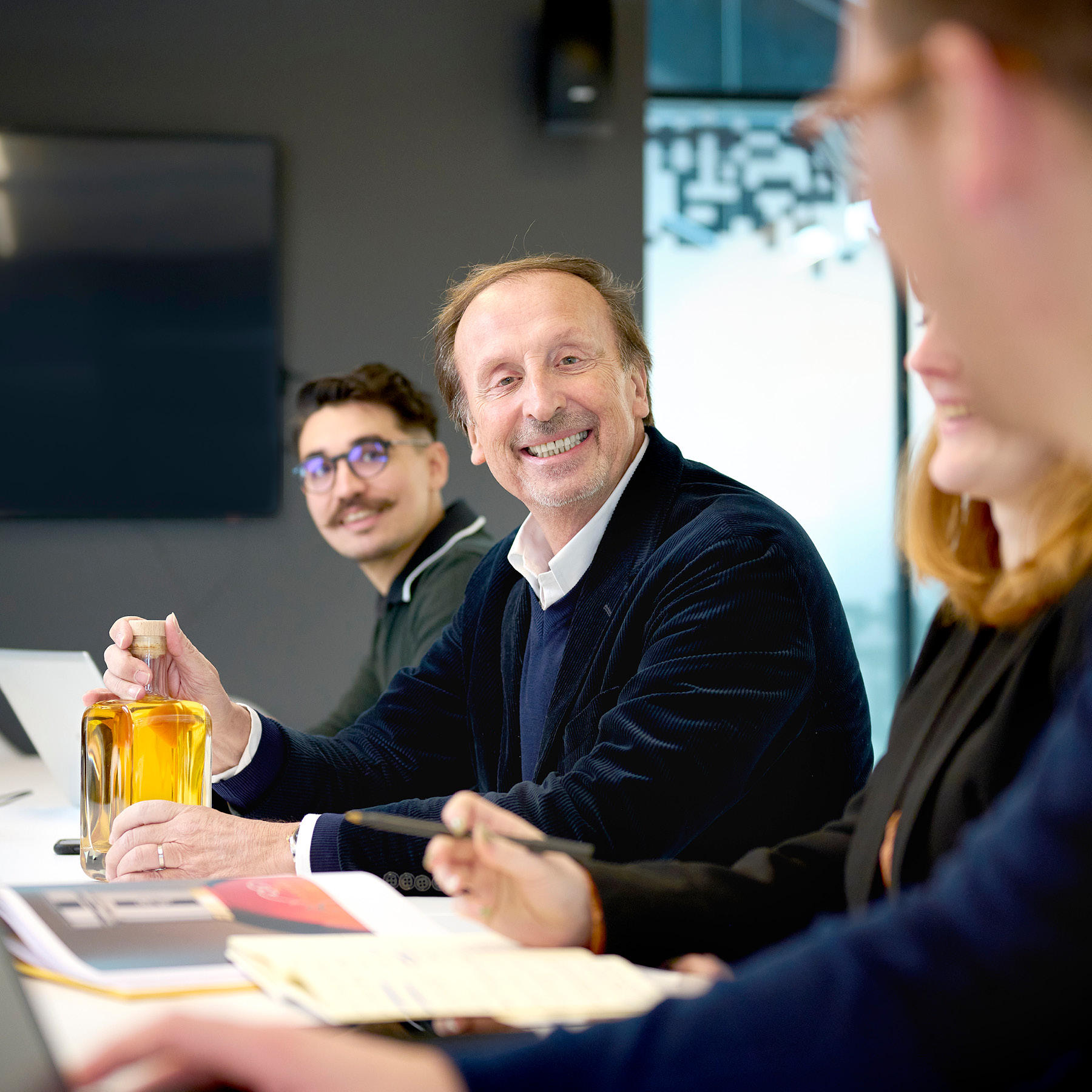
From startups who would only take 1,000 bottles at a time, many have become huge brands ordering much larger quantities.
“As I’ve discovered the depths of our know-how across the technical, manufacturing, development, R&D teams, I’ve not been disappointed at all,” he says.
The drive to deliver the best for their clients is ever-present, Arrambourg says, noting the company develops one new product and two new decorated items every day. But the rewards for these efforts are in the success its clients achieve.
“From startups who would only take 1,000 bottles at a time, many have become huge brands ordering much larger quantities from us.”
Sponsored by: EMS Group
Providing customers with integrated and sustainable industrial automation solutions.
Read More
